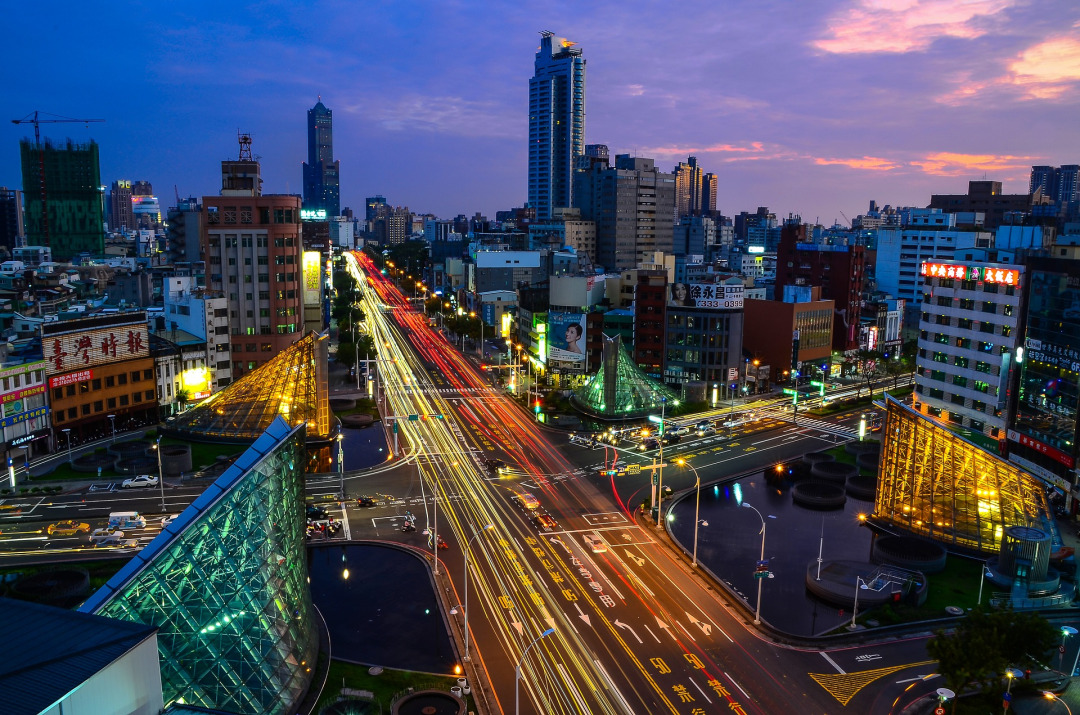
New Discovery Paves Way for ‘Silicon of The Future’
- News
- 2.4K
Just imagine taking two extremely ultra-thin materials with different properties and placing one on top of the other, and obtaining a new material with hybrid properties.
This is what an international group of researchers have done with two atomic level semiconductor materials and have got a new material whose properties are not only hybrid but also tunable. The materials are nothing but crystalline sheets of atoms – measuring one-millionth of a human hair in thickness. Scientists call such atomic materials two-dimensional (2D).

The two atomic layers are held together not by any physical or chemical reaction but due to a force known as ‘van der Waals interaction’. The materials used in the study are monolayers of molybdenum diselenide and tungsten disulfide.
Since the two layers used in experiments are semiconducting, the new material to has semiconducting properties like that of silicon-based materials used in miniature electronics. The new material could be the silicon of the future because it is semiconducting as well as transparent, lightweight, flexible and stretchable. Silicon-based materials are three dimensional (3D).
The discovery has been announced in journal Nature by in a paper by scientists from the UK, Korea, India, Poland, Japan, and Mexico. Among authors of the research paper is Sir Kostya S. Novoselov, who won the Nobel Prize for physics in 2010 for his work on graphene. He is a professor at the University of Manchester.
“When two atomically thin semiconducting transition metal dichalcogenides are combined in a single structure their properties hybridize. The materials influence each other and change each other’s properties. They could be considered a whole new ‘meta’-material with unique properties,” explained Dr. Pramoda Kumar Nayak, DST Ramanujan Fellow at Department of Physics, IIT Madras and a member of the research team, while speaking to India Science Wire.
It has also been observed that the properties of the new hybrid material could be controlled by twisting the two stacked atomic layers. “This opens the way for the design of new materials and electronic devices for future technologies with a range of applications in photodetectors, biosensors, supercapacitors, solar cells, and wearable devices,” he added.
The idea of stacking layers of different materials to make heterostructures is pretty old and is behind most semiconductor devices. Now similar heterostructures are being developed using atomic layers. This could give rise to a new class of devices, according to Dr. Nayak. Along with other colleagues at IIT Madras, Dr. Nayak is engaged in developing such 2D materials and their heterostructures for use in high efficient optoelectronic and nanoelectronic devices.
“This is a groundbreaking work, opening up an entirely new set of possibilities in material science. It is extremely interesting that not only can one hybridize properties of two different nanosheets by elegantly placing them over each other, one can also tune the degree of hybridization simply by twisting how one nanosheet layer is arranged over the other,” commented Dr Kabeer Jasuja, a nanotechnologist at IIT Gandhinagar, who is not connected with this study, while speaking to India Science Wire.
The study, Dr. Jasuja, “is a significant step towards the development of novel heterostructures wherein different 2D materials are assembled together to obtain metamaterials, which bring to reality properties not found in naturally occurring materials. This is an exciting phase in the science of 2D materials beyond graphene.” (India Science Wire)
If you liked this article, then please subscribe to our YouTube Channel for the latest Science & Tech news. You can also find us on Twitter & Facebook.


